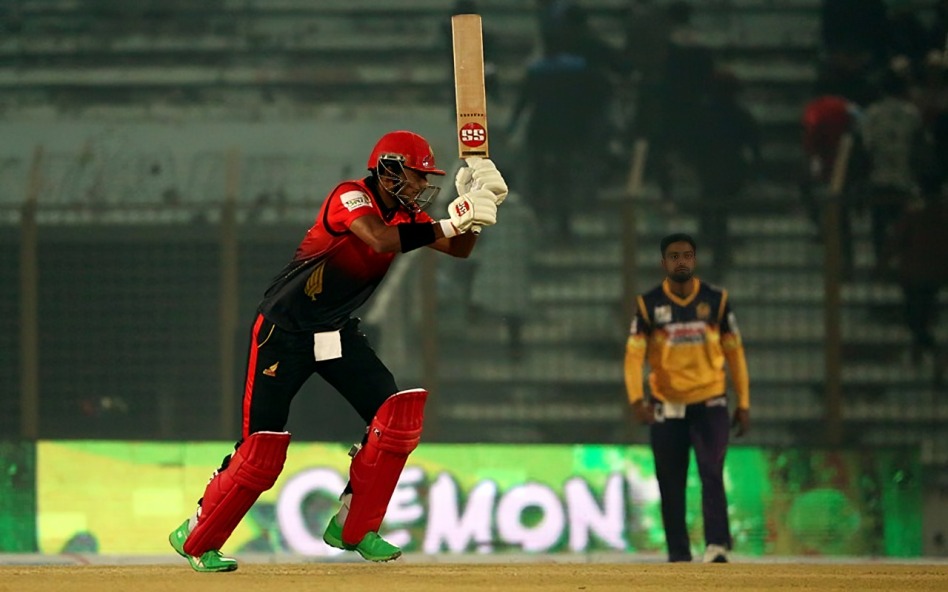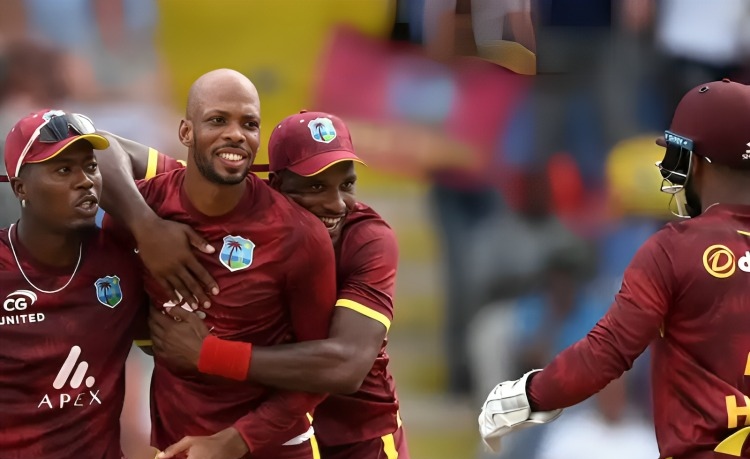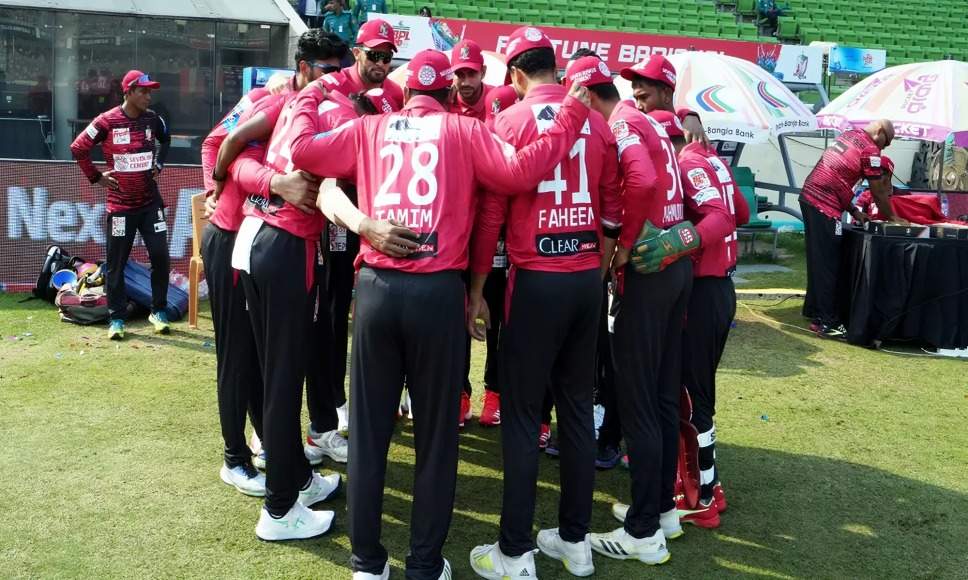Table of Contents
In the world of cricket, economy rate is one of the key metrics that defines the effectiveness of a bowler. In the Bangladesh Premier League (BPL), bowlers who can maintain a low economy rate become valuable assets to their teams, as they restrict the batting side from scoring freely. A bowler’s economy rate is calculated by dividing the total number of runs conceded by the total number of overs bowled. In this article, we will delve deep into the best economy rates for BPL, showcasing some of the standout performances that have left a significant impact on the tournament’s history.
Understanding Best Economy Rates for BPL

Before we dive into the specific performances, it’s essential to understand what economy rate is and why it’s so crucial in T20 cricket. The economy rate measures the number of runs a bowler gives per over. In the fast-paced format of T20 cricket, where batting dominates, a low economy rate is often considered a sign of a bowler’s control over the game.
A bowler who maintains a low economy rate not only minimizes runs but also creates pressure on the batting team. In some cases, it can force the batsmen to make risky shots, leading to wickets. This is why the best economy rates for BPL are often achieved by bowlers who can maintain consistent line and length, and who adapt their strategies to the unique challenges posed by different conditions and opposition teams.
The Best Economy Rates for BPL
The following bowlers are renowned for their outstanding best economy rates for BPL. Their performances have set benchmarks for future players and have contributed significantly to the success of their teams.
| Player | Span | Matches | Overs | Maidens | Balls | Runs | Wickets | Best Bowling (BBI) | Average (Ave) | Economy Rate (Econ) | Strike Rate (SR) | 4 Wickets | 5 Wickets | 10 Wickets |
|---|---|---|---|---|---|---|---|---|---|---|---|---|---|---|
| Mohammad Asghar (KT) | 2016-2016 | 2 | 6.0 | – | 36 | 27 | 1 | 1/21 | 27.00 | 4.50 | 36.0 | – | – | – |
| N Dutta (BB) | 2015-2015 | 1 | 4.0 | – | 24 | 18 | 3 | 3/18 | 6.00 | 4.50 | 8.0 | – | – | – |
| JDP Oram (Kings) | 2013-2013 | 8 | 30.3 | – | 183 | 148 | 10 | 2/7 | 14.80 | 4.85 | 18.3 | – | – | – |
| RL Chase (CV) | 2024-2024 | 3 | 12.0 | – | 72 | 60 | 4 | 2/17 | 15.00 | 5.00 | 18.0 | – | – | – |
| JB Lintott (BRSAL) | 2022-2022 | 3 | 11.0 | – | 66 | 55 | 4 | 2/19 | 13.75 | 5.00 | 16.5 | – | – | – |
Mohammad Asghar’s Contribution to the BPL
Mohammad Asghar’s exceptional bowling in the 2016 season of the Bangladesh Premier League (BPL) makes him a standout bowler in the competition’s history. Playing for the Khulna Titans (KT), Asghar bowled two matches and managed to keep his economy rate at an impressive 4.50. Best Economy Rates for BPL His performance, including figures of 1/21 in his best bowling spell, ensured he played a vital role in his team’s bowling attack.
Though Asghar played a limited number of matches in the 2016 season, his economy rate remained one of the best, making him one of the most economical bowlers in BPL history. His ability to bowl tight lines and lengths under pressure was key to his success in this format. In T20 cricket, where the primary aim for most bowlers is to take wickets, Asghar’s ability to control the run flow, even without taking multiple wickets, sets him apart.
N Dutta’s Impact in the BPL

N Dutta, playing for the Barisal Bulls (BB) in 2015, is another bowler known for his exceptional economy rate in the BPL. In his single match in the tournament, he managed to bowl 4 overs and gave away just 18 runs while taking 3 wickets. His economy rate for the game was 4.50, matching that of Mohammad Asghar’s impressive performance.
Dutta’s ability to control the game, especially in the early stages of the innings, ensured he was able to keep the opposition’s batsmen under pressure. Best Economy Rates for BPL His best bowling figures of 3/18 not only reflect his skills as a wicket-taker but also his consistency in maintaining a low economy rate. The value of such bowlers in a T20 format cannot be overstated, as they give their teams the much-needed balance and control.
JDP Oram: A Bowler of Precision and Control
JDP Oram, playing for the Kings in 2013, is another name synonymous with an exceptional economy rate in the BPL. Over the span of eight matches, Oram bowled a total of 30.3 overs, conceding 148 runs while taking 10 wickets. His economy rate stood at 4.85, one of the best in the tournament’s history.
Read More:- Best Bowling Figures in an Innings for BPL History
Oram’s effectiveness as a bowler in the BPL came from his consistency and his ability to build pressure through tight bowling spells. His best bowling figures of 2/7 in a match showcased his skill in keeping runs to a minimum while still managing to take wickets. Oram’s economy rate is a testament to his ability to adapt to the fast-paced, high-pressure environment of T20 cricket and prove himself as a reliable bowler.
RL Chase: A Rising Star with Control

RL Chase’s bowling performance in the 2024 BPL season was another highlight, as he managed to keep his economy rate at 5.00. In three matches, Chase bowled a total of 12 overs, giving away 60 runs while taking four wickets.
Best Economy Rates for BPL have always been a crucial factor in evaluating a bowler’s effectiveness, and Chase’s ability to maintain such a low rate stood out this season.
His ability to keep his economy rate low while also being a wicket-taking option made him an important player for his team.
His best bowling figures of 2/17 showed his ability to control the opposition’s top order and maintain pressure through tight overs. Best Economy Rates for BPL. Chase’s discipline with the ball ensured that he not only provided his team with the necessary breakthroughs but also kept the opposition batsmen from scoring freely, making him one of the most economical bowlers in BPL history.
JB Lintott: The Economical Spinner
Another bowler who impressed with his economy rate in the BPL was JB Lintott, playing for BRSAL in the 2022 season. In his three matches, Lintott bowled a total of 11 overs, giving away 55 runs and taking 4 wickets. His economy rate of 5.00 reflected his ability to bowl with precision and control in the limited-overs format.
Lintott’s best bowling figures of 2/19 showcased his skill in breaking partnerships and maintaining tight control over the flow of runs. Best Economy Rates for BPL His economy rate of 5.00 was a reflection of his ability to bowl economically, particularly in the middle overs when the batsmen often try to accelerate their scoring. Lintott’s performance highlights the importance of spinners in maintaining a tight economy rate in T20 cricket.
Why Best Economy Rates for BPL Matters in T20 Cricket

In T20 cricket, the game is designed to favor the batsmen. High scores are often seen, and the role of the bowler is to restrict the batting side from scoring freely. This is where the economy rate becomes so crucial.
Best Economy Rates for BPL are a great example of how bowlers can dominate even in such a high-scoring format. Bowlers who can keep their economy rates low put pressure on the batsmen, forcing them to play riskier shots, which can lead to wickets.
In the BPL, where the competition is fierce, and the batting line-ups are strong, maintaining a good economy rate can be the difference between winning and losing. Best Economy Rates for BPL Bowlers with low economy rates are often the unsung heroes of their teams, creating pressure and making crucial breakthroughs when needed the most.
Conclusion
In conclusion, the best economy rates for BPL have been achieved by bowlers who possess a unique combination of skill, control, and temperament. Players like Mohammad Asghar, N Dutta, JDP Oram, RL Chase, and JB Lintott have proven that an outstanding economy rate is not just about taking wickets, but about creating pressure and preventing the batsmen from scoring freely. Their performances have set a benchmark for future bowlers in the tournament, proving that economy rate is one of the most important aspects of a bowler’s game in T20 cricket.
As the BPL continues to grow and evolve, the importance of a low economy rate will remain a key factor in determining the success of bowlers and their teams. Best Economy Rates for BPL highlight how crucial tight bowling is in a format dominated by big hitting. The bowlers with the best economy rates are often the ones who contribute most to their teams’ success, and their legacy in the tournament will continue to inspire future generations of cricketers.


